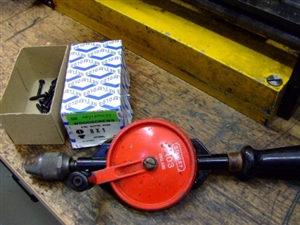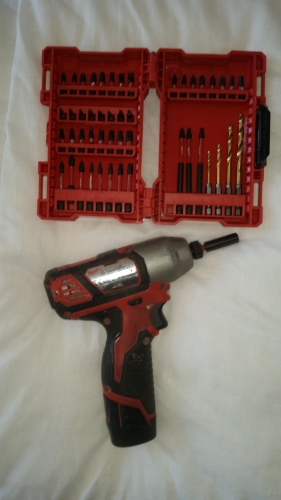The NJIC rule requirements for an electrician's kit of tools in 1962 (unchanged from 1956) was:
Ratchet Brace and set of bits
Large screwdriver and one small
2 pairs of cutting pliers
2ft or 3ft rule
Adjustable hacksaw frame
Pair of 7-in Footprints and 1 pair 9-in ditto
Bradawl
Wood chisel
Pad saw
2 Hammers
Plumb bob and line
Knife
Spirit level
Tenon saw
Centre Punch
Wheel brace
Pair side cutters
Set of spanners 1/8" to 1/2" Whitworth
Set of box spanners 1/8" to 3/4" Whitworth
Adjustable tap wrench
Miniature 6-in hacksaw frame
2 cold chisels, small and large, or (where appropriate) 1 cold chisel and 1 tonguing chisel
I have the wage rates for 1962 of 6/4 1/2d (now 32p) an hour with an apprentice at 15 on 20% of this, at 16 on 25%, at 17 on 30%. at 18 on 45%, at 19 on 60%, at 20 72.5%......
Sometime, I'll price the tools up from contemporary catalogues and in the meantime, have a think about how many weeks it would take to buy the tools!
Regards
BOD



